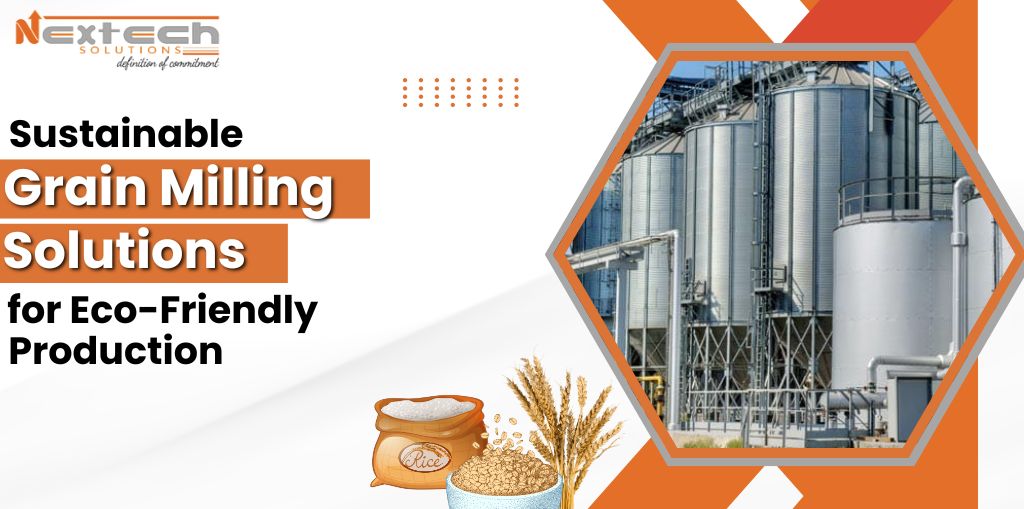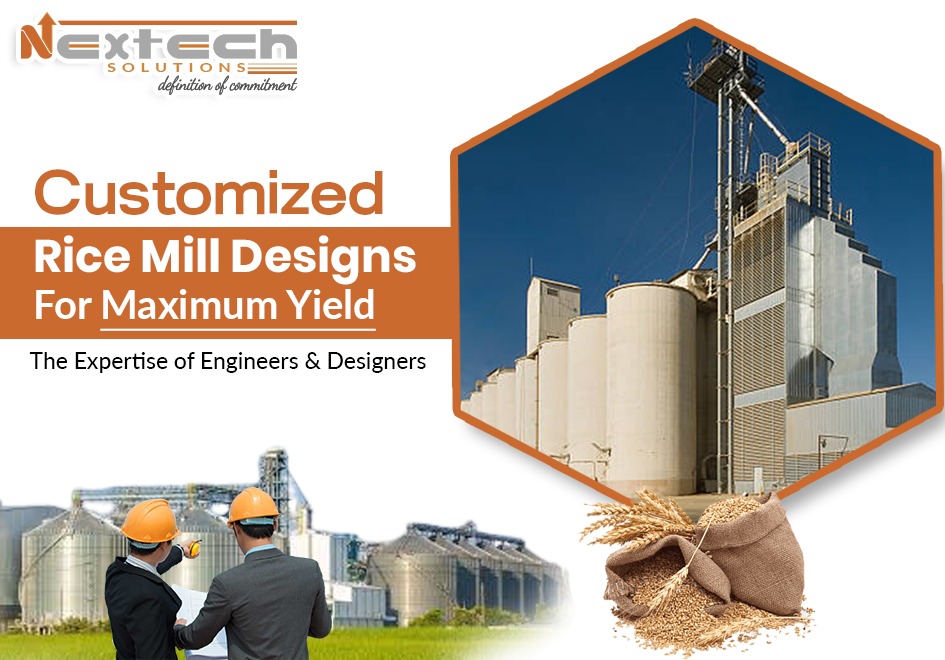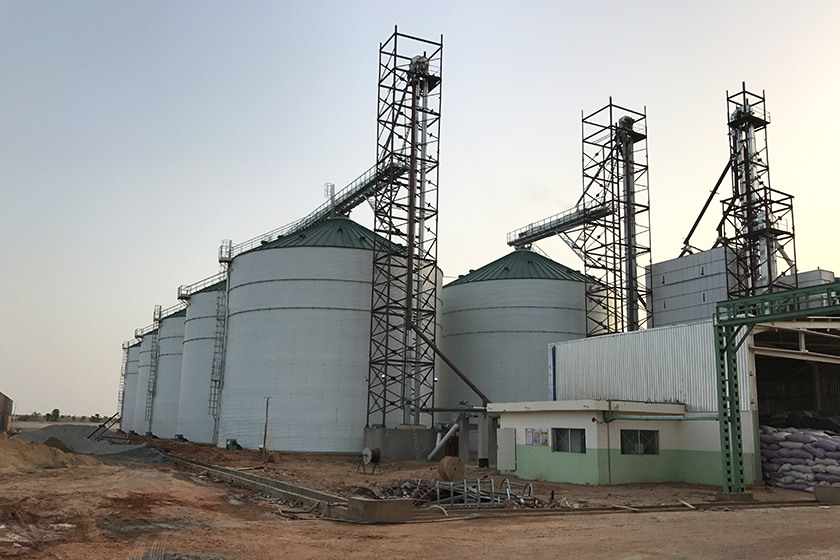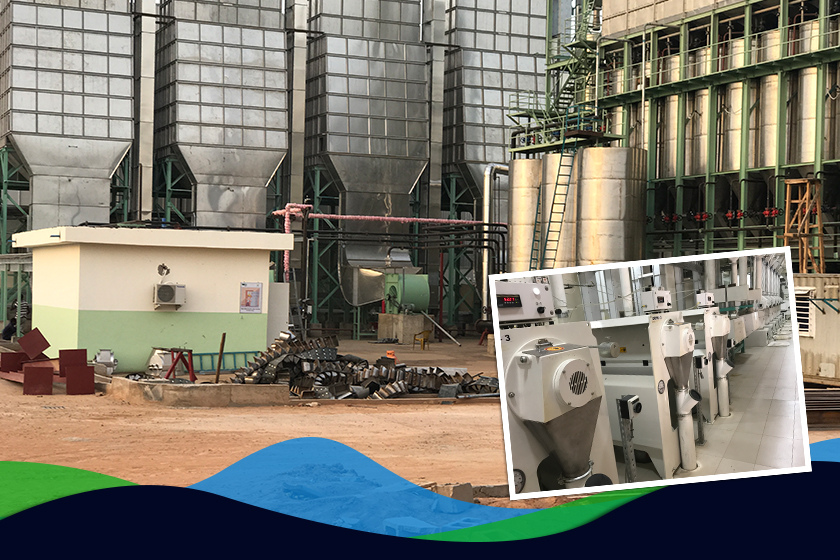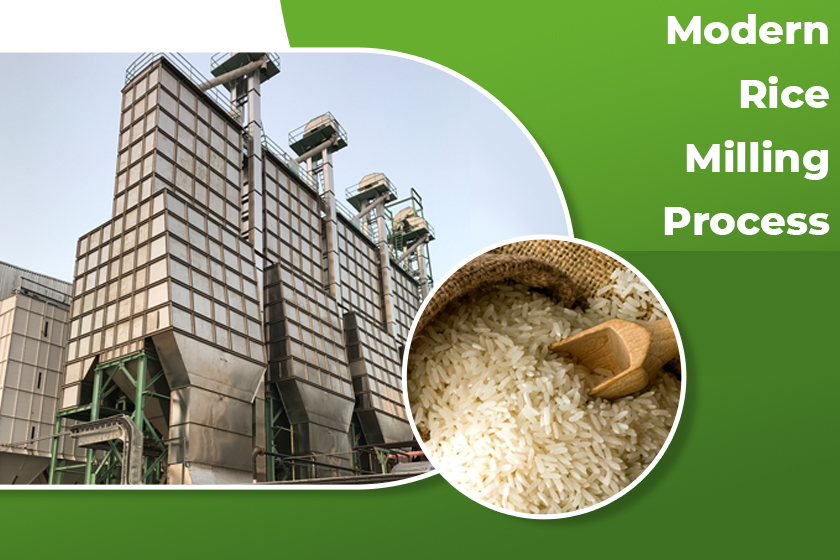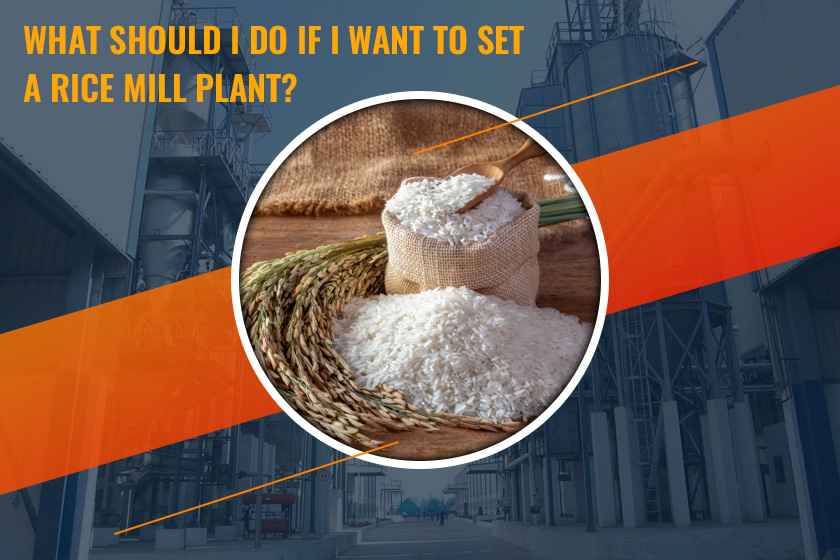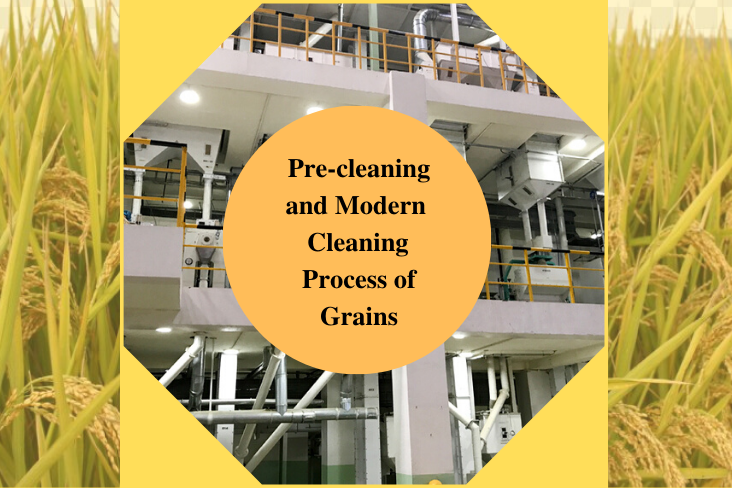In a world that places more importance on sustainability Farming faces increasing pressure to adopt practices that balance productivity and environmental management. For the rice mill business Adopting sustainable practices is not just an ethical decision. Rather, it is a strategic move that aligns with consumer demand and long-term profitability.
The importance of sustainable practices in rice milling
Grain milling is a cornerstone of food production that affects the lives of millions of people around the world. However, traditional milling They often involve the use of large amounts of energy, water use, and waste generation. These factors contribute to environmental degradation. This makes sustainability a pressing concern. Adopting sustainable grain milling solutions helps businesses Can reduce the ecological footprint. while ensuring long-term operational viability.
Environmentally friendly production not only conserves natural resources. But it also improves the quality of the final product. Consumers are now more aware of where their food comes from. By giving importance to products that come from sustainable sources. This shift in consumer behavior presents an opportunity for businesses to differentiate themselves in a highly competitive market.
Key components of a sustainable grain milling solutions
Energy Efficiency
One of the main goals of a sustainable grain mill is to reduce energy use. Modern milling equipment with energy-saving motors and automation can significantly reduce electricity consumption. Experts will guide businesses in selecting and using these technologies. To ensure maximum efficiency and cost savings.
Waste Management
Traditional grain milling It produces a large amount of waste, including rice husks, bran and dust. Sustainable practices involve converting these by-products into valuable resources. For example, rice husks can be used as biofuel or in the production of biodegradable materials. Tailored solutions for waste utilization transform potential liabilities into revenue streams.
Water Conservation
Water is an important resource in a rice mill business. This is especially true in processes such as steaming in a rice mill. By adopting water-saving technologies such as closed-loop systems, which recycle water within the factory, conserve water, reduce costs, and ensure compliance with environmental regulations…
Economic Benefits of Sustainable Grain Milling
Adopting environmentally friendly practices has significant economic benefits. Although the initial investment in sustainable technology may seem high, But long-term energy, water, and waste management savings often outweigh the costs. Additionally, businesses that prioritize sustainability are more likely to attract partnerships and investment from stakeholders who value environmental responsibility.
Sustainable grain milling solutions also open doors to the premium market. Products produced using environmentally friendly methods can command a higher price. Attracting consumers who are willing to pay more for sustainability, compliance with global environmental standards also facilitates access to international markets. and increase business opportunities as well
The role of technology in changing grain milling
Technology plays a key role in making grain milling sustainable. automatic system data analysis And artificial intelligence allows precise tracking and control of the milling process. Increase efficiency and reduce waste Advanced equipment and new methods Helping businesses Optimize operations
For example, automated quality control systems reduce manual intervention and ensure consistent product quality. Data-driven insights help businesses identify inefficiencies and make targeted improvements. By integrating these technologies, businesses can achieve a seamless blend of sustainability and productivity.
Challenges and solutions in implementing sustainable practices
While the benefits of sustainable grain milling are obvious, But businesses They often face challenges in transitioning to environmentally friendly practices. Common barriers include high startup costs. Lack of technical expertise and resistance to change Helping businesses These obstacles can be overcome by providing end-to-end support from feasibility studies to implementation training.
Experts work closely with clients to develop customized solutions to meet their unique needs and goals. By fostering a culture of innovation and collaboration, businesses can confidently embrace sustainability.
Conclusion
When the world population increases The demand for food will only increase. Sustainable grain milling solutions are essential to meeting this need without compromising the health of our planet. Businesses that prioritize green production today will be better positioned to prosper in the future. Gain a competitive advantage and contribute to a sustainable food system.
Nextech Agri Solutions is committed to creating positive change in the agriculture sector. By collaborating with various businesses It is considered a future where performance and sustainability go hand in hand.
 MAIL US :
MAIL US :
 CALL US :
>
CALL US :
>
